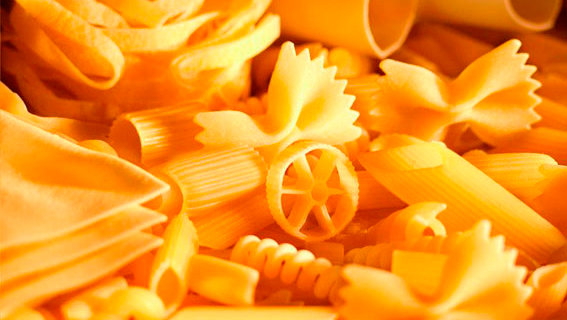On the 25th of March 2021, EnginSoft participated as an exhibitor in an important webinar hosted by Fusion for Energy (F4E), called: “Fusion technology applications in advanced simulation and modelling”. This event was part of a wider F4E initiative - The Technology Transfer Program - which aims to promote the transfer of fusion technologies to European industry.
In the webinar EnginSoft was able to talk about its long-standing collaboration with F4E in the broad area of Electromagnetic FEM Analyses for the ITER components. EnginSoft’s presentation covered many of the technical details of its acknowledged “Solution for cost effective electromagnetic analysis”.
Read the articleCASE STUDY
The text provides an in-depth account of Stefano Odorizzi’s journey in founding and growing EnginSoft, our engineering company specializing in computer simulation and modelling. Established in 1984, EnginSoft overcame early challenges, such as the high cost of computing, to emerge as a leader in simulation services, particularly in the fields of mechanical engineering and computational fluid dynamics (CFD). The narrative highlights several key milestones in the company’s history.
cfd metal-process-simulation industry4 news mechanics optimization

CASE STUDY
This study was part of the Virtual Optimization PAsta production process (OPAV) research project,
modefrontier ansys ls-dyna magma optimization food-beverage consumer-goods